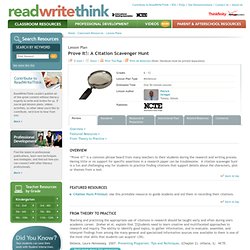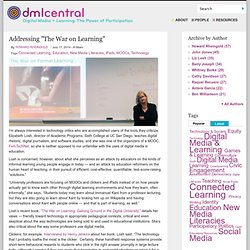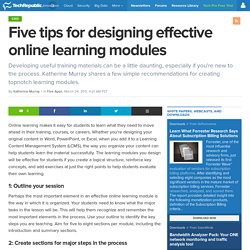

Concurrent Session Schedule. How To Compare Two Or More Poems. Ms. Carota - English - Home. Greek and Latin Roots: Roots. Prove It!: A Citation Scavenger Hunt. ReadWriteThink couldn't publish all of this great content without literacy experts to write and review for us.

If you've got lessons plans, videos, activities, or other ideas you'd like to contribute, we'd love to hear from you. More Find the latest in professional publications, learn new techniques and strategies, and find out how you can connect with other literacy professionals. More Teacher Resources by Grade Your students can save their work with Student Interactives. More Home › Classroom Resources › Lesson Plans Lesson Plan Overview Featured Resources From Theory to Practice “Prove it!”
Back to top Citation Hunt Printout: Use this printable resource to guide students and aid them in recording their citations. Teaching and practicing the appropriate use of citations in research should be taught early and often during one's academic career. DeSena, Laura Hennessey. 2007. Mrs. Cassel's helpful handouts. Do I Need a Digital Teaching Portfolio? Designing a well-organized and professional teaching portfolio can give you an edge in a competitive job market, and help you score high marks on your school's teacher evaluation form.

It is, however, a time-consuming endeavor (the average portfolio takes about two to three days of work), and once built, your portfolio will require regular attention. This post will help you decide whether or not a portfolio will serve your professional goals and how to go about designing a professional-looking site that showcases your teaching skills. 1. Do I Need a Portfolio? There are several reasons to start building a portfolio: You’re looking for a new job. 2.
Choose a platform. 3. Title page: your portfolio should have a clear title at the top. 4. Your portfolio is your 21st century digital business card. Addressing "The War on Learning" I’m always interested in technology critics who are accomplished users of the tools they criticize.

Elizabeth Losh, director of Academic Programs, Sixth College at UC San Diego, teaches digital rhetoric, digital journalism, and software studies, and she was one of the organizers of a MOOC, FemTechNet, so she is neither opposed to nor unfamiliar with the uses of digital media in education. Losh is concerned, however, about what she perceives as an attack by educators on the kinds of informal learning young people engage in today — and an attack by education reformers on the human heart of teaching, in their pursuit of efficient, cost-effective, quantifiable, test-score-raising “solutions.” “University professors are focusing on MOOCs and clickers and iPads instead of on how people actually get to know each other through digital learning environments and how they learn, often informally,” she says.
Clickers, for example. Banner image credit: DML Research Hub. What's your digital footprint? Protecting Your Digital Footprint. What’s the Difference Between “Using Technology” and “Technology Integration”? Technology Integration. An Introduction to Technology Integration. Course Module Evaluation Rubric. A Rubric for Evaluation Online Course Modules This rubric, or instrument, should be used by course developers to develop quality online course modules.

To view definitions of the terms used in Module Components, click on the linked term. Definition of terms Introduction By providing an introduction, you are offering your perspective on the content for the students. To top of page Objectives By providing objectives, students will know not only what they are expected to do as a result of the learning, but also how they will be evaluated in the learning process. Assessment of prior knowledge Many times this has been referred to as a pre-test. Readings This may often be referred to as supplemental material or readings. Content pages Content is the heart of the content module. Assignments Assignments are those elements that are products, outcomes, or measurable events.
Assessment Assessment is the true measure as some would say as to whether or not learning has occurred. Group work. Five tips for designing effective online learning modules. Online learning makes it easy for students to learn what they need to move ahead in their training, courses, or careers.

Whether you're designing your original content in Word, PowerPoint, or Excel, when you add it to a Learning Content Management System (LCMS), the way you organize your content can help students learn the material successfully. The learning modules you design will be effective for students if you create a logical structure, reinforce key concepts, and add exercises at just the right points to help students evaluate their own learning. 1: Outline your session Perhaps the most important element in an effective online learning module is the way in which it is organized. Your students need to know what the major tasks in the lesson will be. 2: Create sections for major steps in the process Design your learning module so that each major task is its own section. 3: Make your introductions clear The introduction of your learning model sets the stage for everything that follows.
Resume Writing Online Learning Module - Start Here.